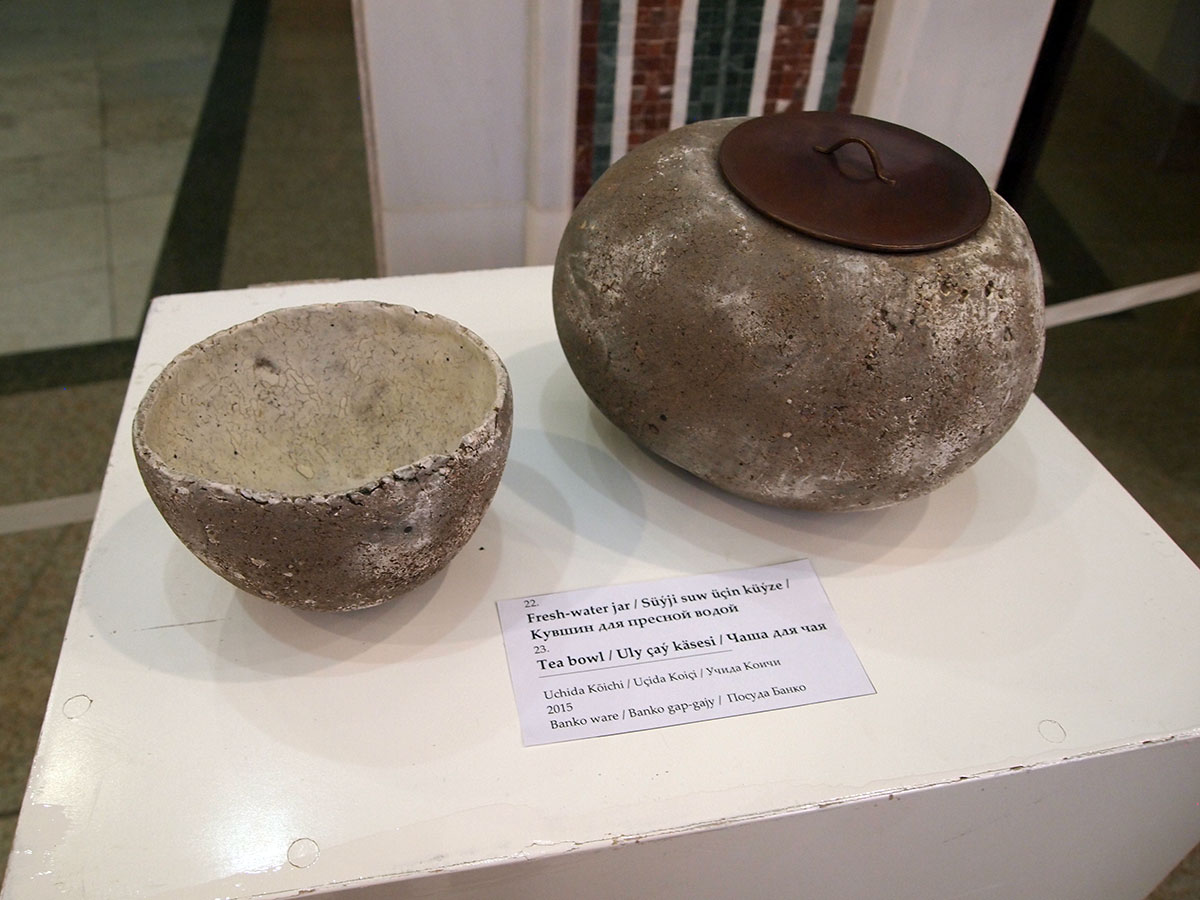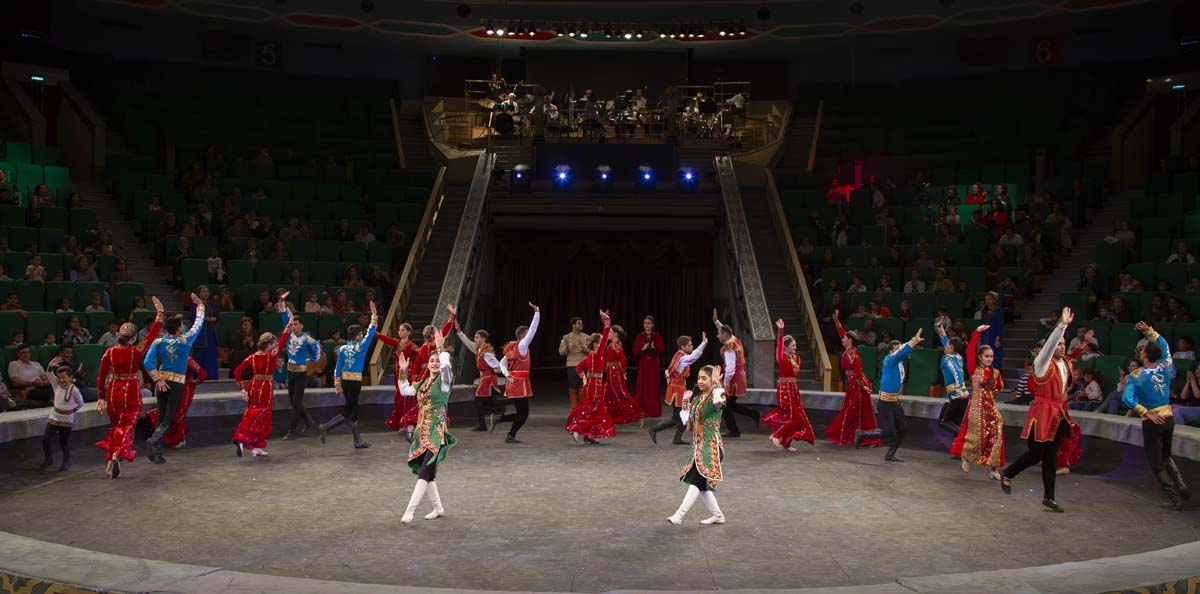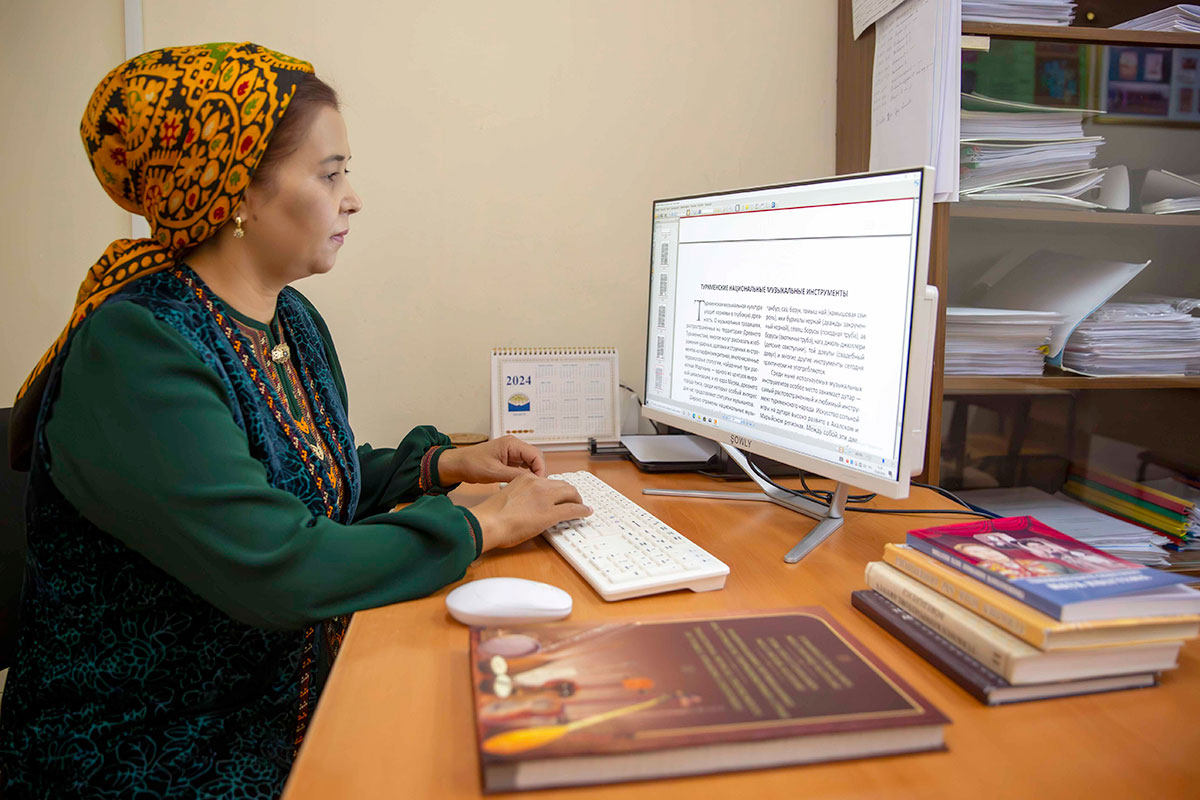An exhibition of Japanese ceramics "Yakishime" has opened at the Ashgabat Museum of Fine Arts of Turkmenistan.
The traveling exhibition is organized by the Japanese Embassy in Turkmenistan jointly with the Japan Foundation and will last until March 28.
It consists of four sections - "Birth of Yakishime", "Tea Ceremony and Yakishime", "Japanese Cuisine and Yakishime" and "Yakishime Art Objects", presenting the art world of ceramics uniquely developed in Japan.
Ceramics, whether porcelain, faience, or simple earthenware, is produced in the world wherever the clay and wood needed to make it are available. But it is perhaps only in Japan that unglazed fired items, the so-called yakishime pottery, are traditionally used for eating and drinking in everyday life.
Yakishime is the most ancient way of making pottery. The item is not covered with vitreous glaze, as is usually done for decorative purposes and to make the item waterproof, but is simply fired at high temperature in special ovens called "ana gama" (literally "cave oven"). The ash in the furnace, falling on the clay surface, melts and forms an unpredictable pattern - a natural ash glaze. Such metamorphoses of ash and flame each time create a unique pattern on the surface - a natural ash glaze. Such metamorphoses of ash and flame each time create a unique pattern on the surface.
The earliest yakishime ceramics date back to the 4th-5th centuries. This technique was very popular from the Middle Ages to modern times. Yakishime pottery was produced throughout Japan. Its main production centers are Bizen, Shigaraki and Tokoname.








